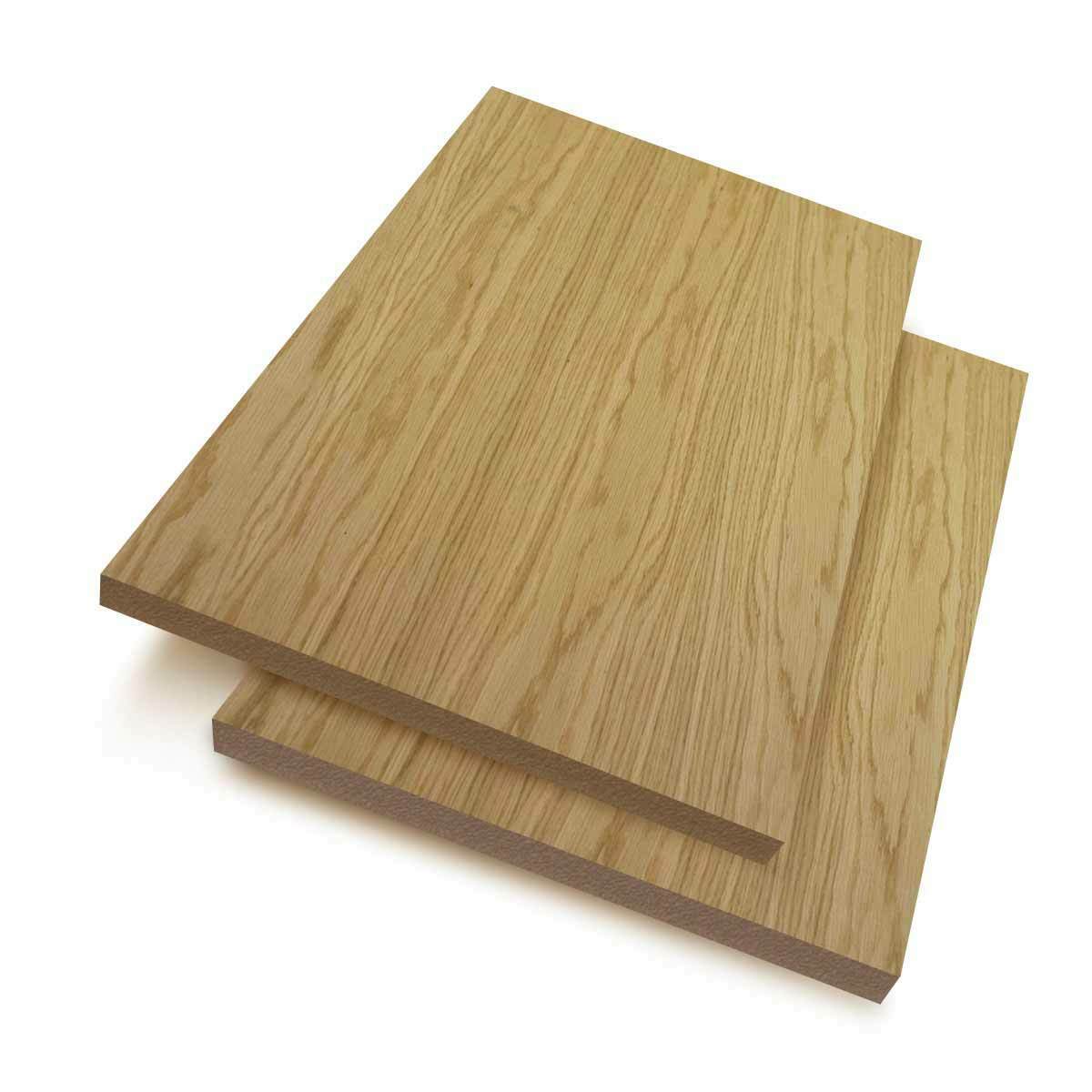Woodworkers and DIY enthusiasts are aware that choosing the right materials can ruin or enhance a project. Solid wood is an iconic material, but engineered wood products like MDF (Medium Density Fiberboard) as well as melamine and particle boards are an excellent alternative. Understanding the distinct characteristics of each product and capabilities is the key for achieving stunning and practical results.

MDF Board – The King of Efficacy and Flexibility
MDF board has become a staple in woodworking shops around the world. Their smooth even surface is an absolute pleasure to work with, and is capable of taking paint, stain and veneers. MDF is more durable than solid wood. It won’t crack or warp. This consistency allows them to be used for complex carvings, moldings, and creating elaborate architectural elements.
The Benefits of Using MDF Boards:
Beautiful Finishes: The smooth surface allows for an easy application of paint, veneer or laminate, resulting in an appearance that is professional.
Workability: MDF board is easy to cut, drill and run out. It is ideal for intricate designs.
Strength and Durability: Despite their evident vulnerability to moisture high-quality MDF boards offer significant strength and are able to endure wear and tear.
MDF boards are utilized for many different purposes such as making furniture to designing cabinets and even architectural elements.
Melamine Sheets where durability meets fashion
Melamine sheets provide a stylish touch to MDF boards. They feature a thin layer of melamine resin, which is then bonded to the MDF core which creates a durable and visually appealing surface. Melamine surfaces are available in a variety of patterns and colors.
Melamine Sheets are an excellent alternative to conventional sheets.
The material is stain- and scratch-resistant. Melamine finishes provide excellent resistance to scratches, staining and fade. They are suitable for areas with a high amount of use, such as kitchens and baths.
Easy Maintenance: Melamine sheets require minimal upkeep. They are maintained with a simple wipe down using a damp sponge.
Cost-Effective Alternative: Compared to solid wood that has similar appearance, melamine sheets provide an affordable option while maintaining a high-quality look.
The versatility of Melamine Sheets make them an perfect for residential and commercial projects.
Particle Boards: A Economic Alternative
While less popular than MDF or melamine, the particle board is a great option for projects that prioritize durability over aesthetics. Particle board is a composite of wood fibers that are compressed and then bonded to resin. It has a high amount of strength and stability.
Understanding Particle Board:
Cost-effective : Particle Board is the least expensive of the three.
Applications with limited scope: Due to its rougher surface as well as lower humidity resistance, particle board is ideal for areas in which aesthetics aren’t a major concern, like interior furniture pieces or subflooring.
Highly prone to moisture: Particle board is susceptible to swelling and losing its structure when exposed moisture. For applications in humid environments it’s crucial to select the most resistant to moisture.
How to Choose the Right Engineered Panel
The type of engineered wood you choose will depend on the requirements and goals of the project. Here’s a brief overview that will assist you in making a choice:
For smooth, elegant designs, and general flexibility: MDF boards are the best choice.
Melamine sheets are a great option when toughness, scratch resistance and an unfinished surface are crucial.
For projects that have a budget and in which structural integrity of the project is of paramount importance Particleboard could be an option.
The Future of Woodworking is Embracing Engineered Wood.
MDF, melamine, and particle boards offer endless possibilities to woodworkers and DIY enthusiasts. They’re a fantastic option for any toolkit because of their cost, flexibility and consistency. Engineered wood products will continue to evolve as technology progresses, expanding the potential for creativity of future woodworking.